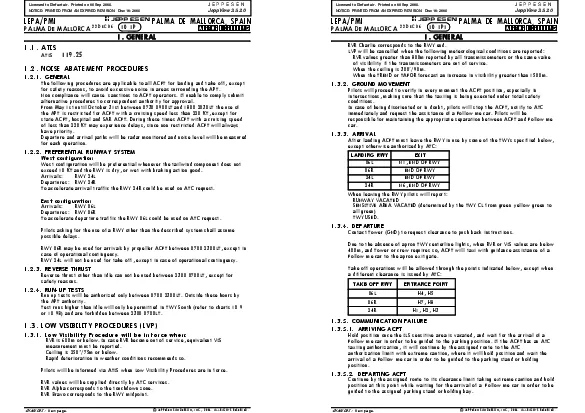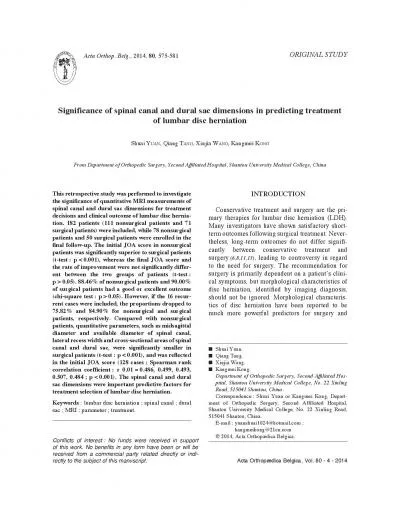PPT-Vegard Joa Moseng
Author : lindy-dunigan | Published Date : 2016-04-07
BI BL Student meeting 27052013 Reliability analysis of the Input Monitor in the BLEDP From The new BLM system for the injector complex BI DAY 2012 William
Presentation Embed Code
Download Presentation
Download Presentation The PPT/PDF document "Vegard Joa Moseng" is the property of its rightful owner. Permission is granted to download and print the materials on this website for personal, non-commercial use only, and to display it on your personal computer provided you do not modify the materials and that you retain all copyright notices contained in the materials. By downloading content from our website, you accept the terms of this agreement.
Vegard Joa Moseng: Transcript
Download Rules Of Document
"Vegard Joa Moseng"The content belongs to its owner. You may download and print it for personal use, without modification, and keep all copyright notices. By downloading, you agree to these terms.
Related Documents











